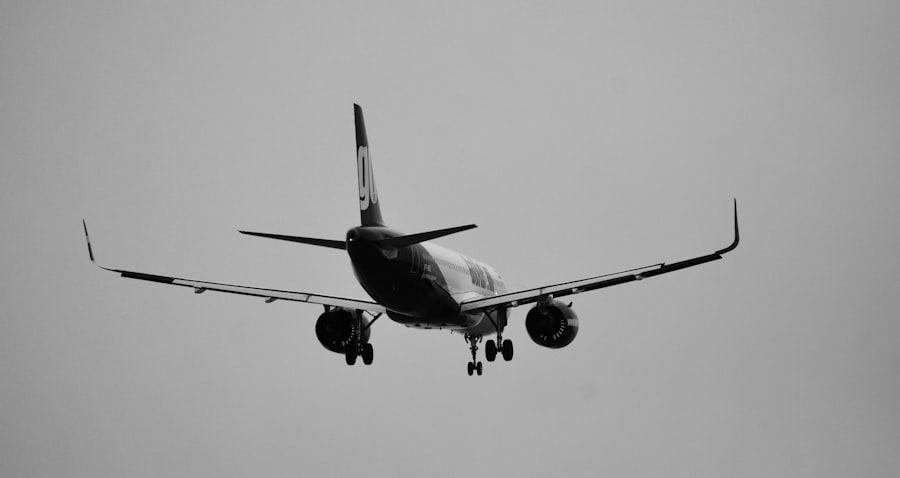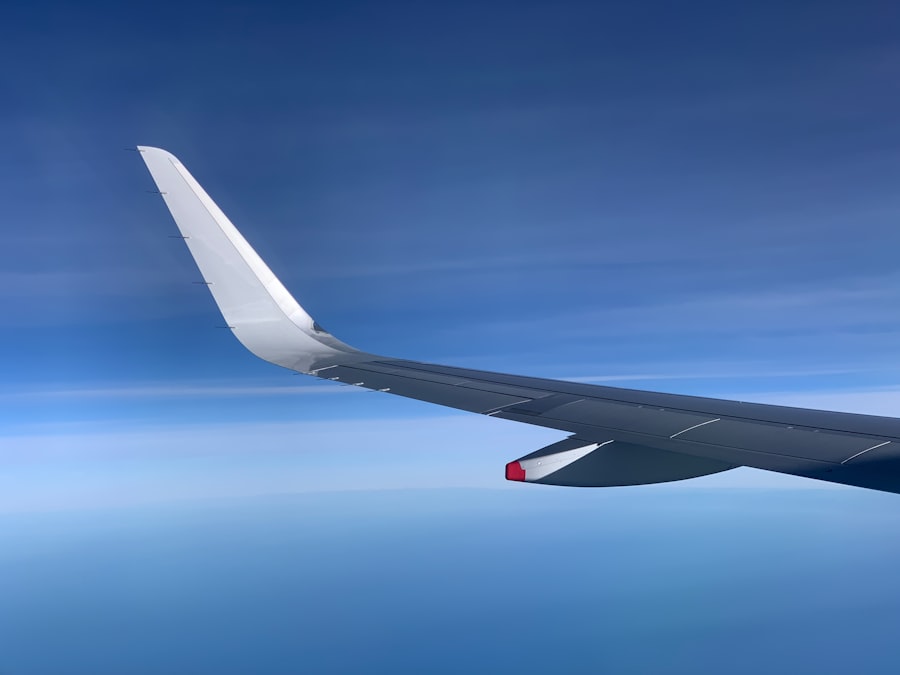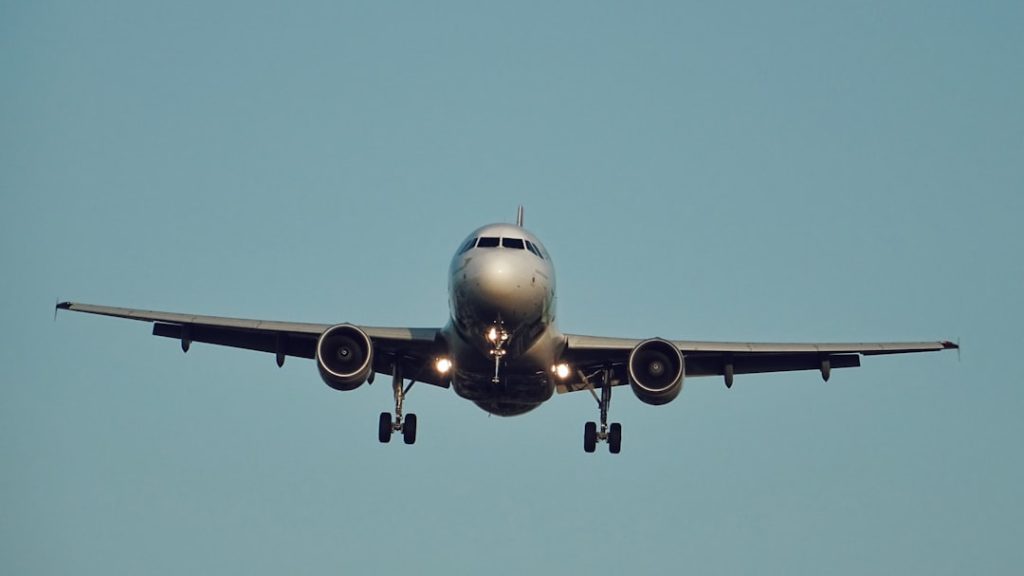The Airbus A320 family represents a significant milestone in the history of commercial aviation, having transformed the way airlines operate short to medium-haul flights. Launched in the late 1970s, the A320 was the first commercial jetliner to feature a fully digital fly-by-wire control system, which allowed for enhanced maneuverability and safety. This innovation not only set a new standard for aircraft design but also paved the way for future generations of airliners.
The A320 family includes several variants, such as the A318, A319, A320, and A321, each tailored to meet specific market demands and operational requirements. With its ability to accommodate a range of passenger capacities and its versatility in various flight conditions, the A320 has become a favorite among airlines worldwide. The A320’s introduction marked a shift in the aviation industry towards more efficient and cost-effective operations.
Airlines began to recognize the benefits of operating a single aircraft type across their fleets, which simplified maintenance and training processes. The aircraft’s design allows for high-density seating configurations, making it particularly appealing for low-cost carriers. As a result, the A320 has played a crucial role in the expansion of air travel, enabling airlines to offer more routes and lower fares, thus democratizing air travel for millions of passengers.
Key Takeaways
- The Airbus A320 is a popular and versatile narrow-body aircraft used for short to medium-haul flights.
- The evolution of the Airbus A320 has seen advancements in technology, range, and fuel efficiency over the years.
- Technological advancements in the Airbus A320 include fly-by-wire controls, advanced avionics, and improved aerodynamics.
- The Airbus A320 is known for its fuel efficiency and reduced environmental impact compared to older aircraft models.
- Safety features and innovations in the Airbus A320 include enhanced cockpit design, advanced warning systems, and improved structural integrity.
Evolution of the Airbus A320
The evolution of the Airbus A320 is a testament to the aircraft’s adaptability and the manufacturer’s commitment to innovation. The original A320 was introduced in 1988, featuring a capacity of up to 150 passengers and a range of approximately 3,300 nautical miles. Over the years, Airbus has expanded the A320 family to include various models that cater to different market segments.
The A318, for instance, is designed for shorter routes and can carry up to 132 passengers, while the A321 offers increased capacity with room for up to 240 passengers in an all-economy configuration. In response to changing market demands and advancements in technology, Airbus has continuously updated the A320 family. The introduction of the A320neo (new engine option) in 2016 marked a significant leap forward in terms of fuel efficiency and environmental performance.
Equipped with new-generation engines and wingtip devices known as sharklets, the A320neo offers up to 15% lower fuel consumption compared to its predecessor. This evolution reflects Airbus’s proactive approach to addressing environmental concerns while maintaining operational efficiency.
Technological Advancements in the Airbus A320

Technological advancements have been at the core of the Airbus A320’s success. The aircraft’s fly-by-wire system revolutionized flight control by replacing traditional mechanical linkages with electronic controls. This system not only enhances safety by providing pilots with greater precision but also allows for advanced features such as automatic stall protection and envelope protection, which prevents pilots from exceeding safe operating limits.
The integration of digital technology has streamlined cockpit operations, enabling pilots to focus on strategic decision-making rather than manual control. Moreover, the A320 family has embraced advancements in avionics and navigation systems. The introduction of advanced glass cockpits has improved situational awareness for pilots through enhanced displays that provide real-time data on flight parameters.
Additionally, the incorporation of satellite-based navigation systems such as Global Positioning System (GPS) has enabled more efficient flight paths and reduced reliance on ground-based navigation aids. These technological enhancements not only improve safety but also contribute to operational efficiency by optimizing fuel consumption and reducing flight times.
Efficiency and Environmental Impact of the Airbus A320
| Metrics | Efficiency and Environmental Impact of the Airbus A320 |
|---|---|
| Fuel Efficiency | The Airbus A320 is known for its fuel efficiency, with advanced engines and aerodynamic design contributing to lower fuel consumption per passenger. |
| Carbon Emissions | The A320 has lower carbon emissions compared to older aircraft models, thanks to its modern engines and lightweight materials. |
| Noise Levels | The A320 is designed to have reduced noise levels during takeoff, landing, and in-flight, contributing to a quieter and more environmentally friendly operation. |
| Recyclability | Airbus has focused on using recyclable materials in the construction of the A320, making it more environmentally friendly at the end of its operational life. |
The Airbus A320 family is renowned for its operational efficiency, which has made it a preferred choice for airlines seeking to minimize costs while maximizing profitability. The introduction of the A320neo variant brought significant improvements in fuel efficiency, with reductions of up to 20% compared to earlier models. This is achieved through the use of new-generation engines like the Pratt & Whitney PW1100G Geared Turbofan and the CFM International LEAP-1A, both designed to deliver higher thrust with lower fuel consumption.
In addition to fuel efficiency, the A320 family has made strides in reducing its environmental impact. The aircraft’s design incorporates lightweight materials such as composite structures that contribute to overall weight reduction, further enhancing fuel efficiency. Furthermore, Airbus has implemented noise-reduction technologies that comply with stringent international regulations, making the A320 one of the quietest aircraft in its class.
These advancements not only benefit airlines by lowering operational costs but also address growing concerns about aviation’s contribution to climate change and noise pollution.
Safety Features and Innovations in the Airbus A320
Safety is paramount in aviation, and the Airbus A320 family is equipped with a comprehensive suite of safety features that enhance operational reliability. The fly-by-wire system not only improves control but also incorporates multiple redundancy levels to ensure that critical systems remain operational even in the event of a failure. This design philosophy extends to other systems within the aircraft, including navigation and communication systems, which are built with fail-safe mechanisms.
Additionally, the A320 family is equipped with advanced collision avoidance systems such as Traffic Collision Avoidance System (TCAS) and Ground Proximity Warning System (GPWS). These systems provide pilots with real-time alerts about potential hazards, allowing them to take corrective action before a situation escalates. The aircraft’s design also includes robust structural integrity features that enhance survivability in emergency situations.
These innovations reflect Airbus’s commitment to maintaining high safety standards while continuously improving upon existing technologies.
Cabin Comfort and Passenger Experience in the Airbus A320

Passenger comfort is a critical consideration in modern aircraft design, and the Airbus A320 family excels in providing an enjoyable flying experience. The cabin layout is designed to maximize space while ensuring that passengers have ample legroom and comfort during their journey. The use of wider seats and larger overhead bins enhances passenger convenience, allowing for easier stowage of personal belongings.
Airbus has also focused on improving cabin ambiance through innovative lighting solutions and noise-reduction technologies. The introduction of LED lighting systems allows airlines to create customizable cabin environments that can enhance passenger mood during flights. Additionally, soundproofing materials are strategically placed throughout the cabin to minimize noise from engines and airflow, contributing to a quieter and more pleasant atmosphere for passengers.
Future Developments and Upgrades for the Airbus A320
As aviation continues to evolve, so too does the Airbus A320 family. Future developments are likely to focus on further enhancing fuel efficiency and reducing environmental impact through innovative technologies. Research into alternative fuels and hybrid propulsion systems is already underway, with Airbus exploring sustainable aviation fuels (SAFs) that could significantly reduce carbon emissions associated with air travel.
Moreover, advancements in automation and artificial intelligence are expected to play a role in future upgrades for the A320 family. Enhanced cockpit automation could lead to improved decision-making support for pilots while maintaining safety standards. Additionally, ongoing improvements in materials science may result in even lighter structures that further enhance fuel efficiency without compromising safety or performance.
The Impact of the Airbus A320 on the Aviation Industry
The Airbus A320 family has had a profound impact on the aviation industry since its inception. By introducing innovative technologies and prioritizing efficiency and passenger comfort, it has set new benchmarks for commercial air travel. The aircraft’s versatility has allowed airlines to adapt their operations to meet changing market demands while maintaining profitability.
As airlines continue to navigate challenges such as environmental sustainability and evolving passenger expectations, the A320 family remains at the forefront of these developments. Its legacy is not just one of technological advancement but also one of democratizing air travel for millions around the globe. The ongoing evolution of this aircraft will undoubtedly shape the future of aviation for years to come, ensuring that it remains a cornerstone of commercial flight operations worldwide.


